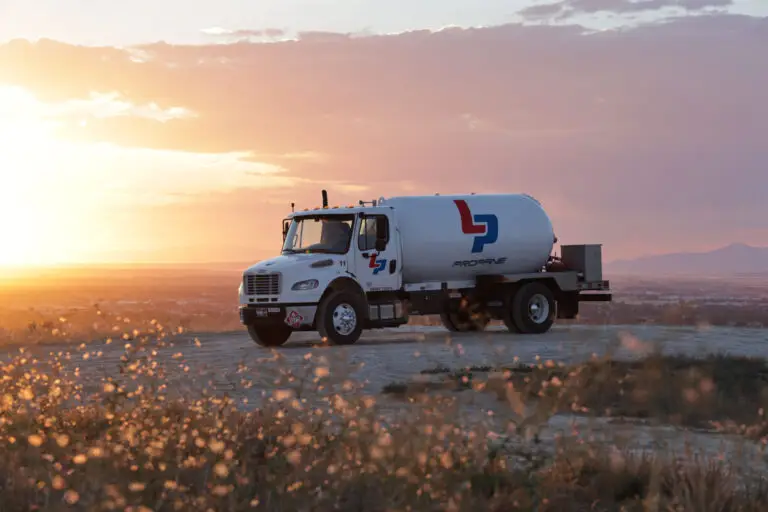
Smart Propane Delivery Systems: Remote Tank Monitoring Is Here
Smart Propane Delivery Systems: Remote Tank Monitoring Is Here In 2025, propane delivery is smarter. Remote tank monitoring systems are changing the experience for homeowners, businesses, and suppliers with levels of fuel, blending real-time data with looking-forward logistics to offer

